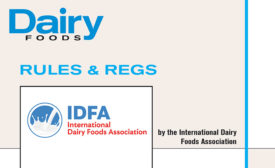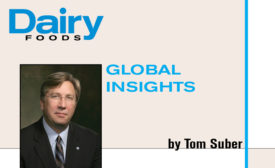Home » Keywords: » Trans-Pacific Partnership
Items Tagged with 'Trans-Pacific Partnership'
ARTICLES
Trans-Pacific Partnership trade agreement a salve for Brexit uncertainty
The pending Trans-Pacific Partnership trade agreement could help the United States to ensure tighter ties to a less disrupted trade market.
September 9, 2016
The TPP agreement benefits the dairy industry
The dairy industry would be better positioned for the future with the TPP agreement in place because of these key points.
June 9, 2016
Get our new eMagazine delivered to your inbox every month.
Stay in the know on the latest dairy industry trends.
SUBSCRIBE TODAYCopyright ©2024. All Rights Reserved BNP Media.
Design, CMS, Hosting & Web Development :: ePublishing



